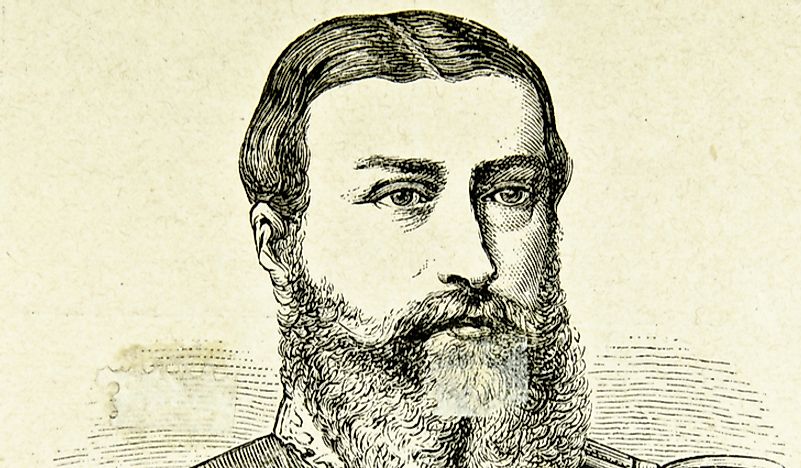Kings Of Belgium Through History

Belgium is a popular monarchy, federal parliamentary and constitutional democracy. Its bicameral parliament is made up of the Senate which comprises of 50 senators and a Chamber of Representatives which comprise of 150 elected representatives from 11 electoral districts. The king of Belgium is the country’s head of state but with limited prerogative. He appoints ministers and the prime minister with the approval of the Chamber of Representative. The King is also expected to act as an arbiter and a symbol of the country’s national unity and independence. Belgium has been served by seven Monarchs since independence in 1830. The incumbent king, Philippe, was enthroned on July 21, 2013. Other kings of Belgium through history include:
Kings Of Belgium Through History
Leopold I
Leopold I was the first king of Belgium following independence in 1830. He was a German prince who was born into a ruling family and took a commission in the Imperial Russian Army which fought against the Napoleon Army. Leopold I moved to the UK after the Napoleon defeat where he married Princess Charlotte of Wales positioning himself as a possible future prince consort of the UK. When the Kingdom of Belgium was established in 1831, Leopold I was offered the kingship because of his diplomatic connection with royal families across Europe. He was crowned King of Belgium on July 21, 1831, an event which has become Belgium’s National Holiday. His reign was characterized by Dutch’s attempt to take over Belgium through military assaults. His reign was also marked by economic crisis while politics was polarized between the liberal and the Catholics. Leopold I was an important intermediary in European politics because of his connections and positions. He died on December 10, 1865, and was buried at Royal Vault.
Leopold II
Leopold II succeeded his father to the throne in 1865. He was Leopold I’s eldest surviving son and therefore had the right to the throne after the death of his father. Leopold II is popular for the discovery and exploration of the Congo Free State. He exploited Congo by collecting ivory and rubber through forced labor from the natives. Millions of the Congolese died under his regime which was also characterized by several human right abuses. Leopold II’s reign in Belgium was marked by major political developments. Social changes were also enacted into laws among them the right of workers to form unions and the abolition of the employment record book. The revision of the Belgium constitution also took place under Leopold II’s reign. He commissioned several buildings and public works with proceeds generated from exploitation of Congo. Leopold II died on December 17, 1909.
Albert I
Albert I was king of Belgium from 1909 to 1934, an eventful period in the history of Belgium. He was the second son of Prince Philippe who was the third son of Leopold I, the first king of Belgium. Albert I was initially the third in the line of succession. However, after the death of his older brother, he became second after his father. Due to his simple, unassuming lifestyle, King Albert I quickly became popular in Belgium. He instituted many reforms in the administration of Congo in his early days as a king. During the World War I, 90% of Belgium was overrun and ruled by the German empire under his watch. However, he led Belgium to recovery after the war. He died in a mountaineering accident in 1934.
Title And Oath
The proper title of the monarch in Belgium is the “King of the Belgians” indicating a popular monarch linked to the people of Belgium. The king only accedes to the throne upon taking an oath before a joint session of the bicameral parliament. The new king must take an oath within ten days of predecessor’s death or abdication. The king is guided by the constitution and has very little prerogative powers.
Kings Of Belgium Through History
| Kings of Belgium Through History | Reign |
|---|---|
| Leopold I | 1831-1865 |
| Leopold II | 1865-1909 |
| Albert I | 1909-1934 |
| Leopold III | 1934-1944 and 1950-1951 (active years) |
| Charles | 1944-1950 (as a Prince Regent) |
| Boudewijn | 1951-1953 |
| Albert II | 1993-2013 |
| Filip (Incumbent) | 2013-Present |











